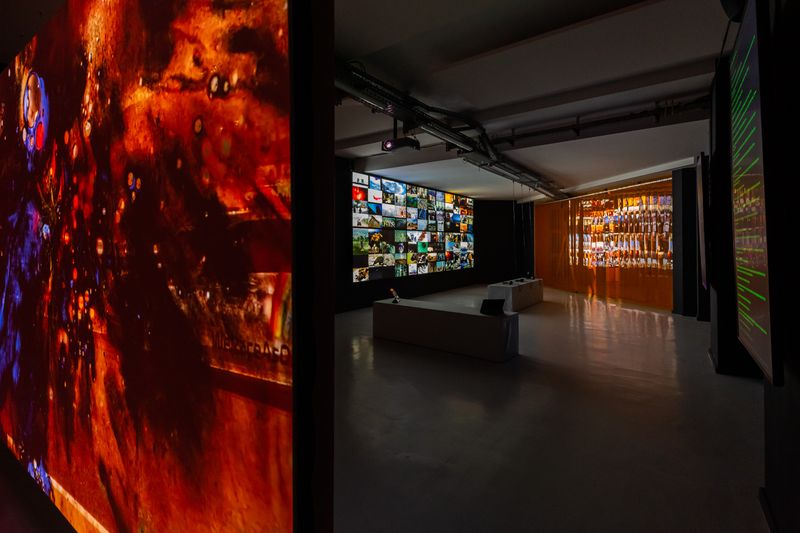
Purgatory EDIT
A user-generated montage based cinematic experience by Ali Akbar Mehta
- Purgatory EDIT
- LATB X HERVISIONS: Digital Intimacies
- Living in archival time, or at the end of narrative(s)
- purgatory EDIT: Liberation Archives for the Cyborgs of Now
- Living in archival time, or at the end of narrative(s) @ Transmediale
- European Media Art Platform (EMAP) Residency
- Cruel Radiance
- purgatory EDIT: Doomscroll Archive
- Purgatory Edit, excerpts
- Ali Akbar Mehta: “The residency at Delfina Foundation has been an intimate way to engage with the London art scene”
- Artist interview with Ali Akbar Mehta (purgatory EDIT), transmediale 2025
- Trolls in the election campaign: Who protects us from fake news?
- purgatory EDIT: A Multimedia Installation That Questions The Vocabularies Of Violence
- Making the Invisible Visible
- A crunching dream
- New and last chances
- Purgatory Edit, methodology
- purgatory EDIT support and funding
purgatory EDIT is an archival project shaped as a user-generated montage-based cinematic experience highlighting long-term and deliberate methods in which digital technologies enforce subliminal visual manipulation, sensory overload, data fatigue, psychological reaction, and ideological numbness.
The project comprises an artist-assembled media archive titled the Doomscroll Archive, a visual semiotic research and analysis process culminating as a Violence Intensity Map, and an immersive technomediated Cyber Performance.
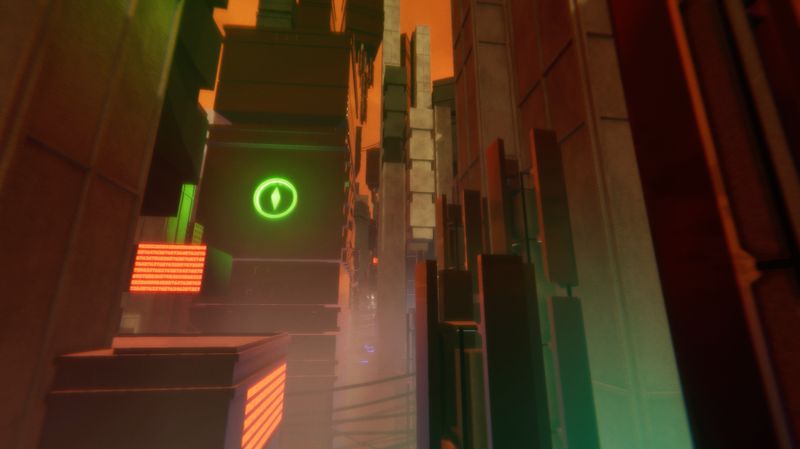
The Doomscroll Archive, the project’s artist-assembled media archive of 3000+ clips, is sourced from movies, documentaries, advertisements, newsreels, landscape panoramas, home videos, and personal archives of public contributors. This open-source, searchable, and publicly accessible archive collectively testifies to the existence of visual and cinematic vocabularies that represent, reproduce and often glorify violence, not simply as Direct (tangible and identifiable), but also Structural (institutional and systemic) and Cultural (normalised and invisible) forms of violence.
Through this archive, historic and immediate pasts shape speculative futures, creating data worlds that mirror and shadow our physical world, transcending borders, as we witness struggles over openness and enclosure, sovereignty and nationalism, citizenship and identity, security and freedom.
During a 3-year process of rigorous vetting and selection, the clips were manually categorised into 15 data banks using a Violence Intensity Map. Stored on a server, the archive is now served online as a free-to-access resource on a custom-coded website.
Using this archive as the foundational data bank of pre-curated individual ‘scenes’, the Cyber Performance of purgatory EDIT invites its audience as participants to access cinematic experiences. They investigate this archive using their own emotional, neural, and cognitive agency, using Mixed Reality (XR) glasses and a portable EEG device. This research-grade device reads participants’ brainwave activity to output it, as 6 emotions and 4 facial movements, broadcasting it as OSC signals. Received by a Brain-Computer-Interface (BCI) and an audio-video processing software kit, these signals control the real-time sequencing, juxtaposition, and playback of individual clips, generating unique ‘conceptual montages’ – real-time films that reveal each participant’s distinctive relationship to cinematic vocabularies of violence.
purgatory EDIT is prophetic of a world hurtling towards a cataclysmic end while simultaneously potent with utopian promise. Through it, participants undergo an immersive voyage through historical events and speculative futures, where they challenge underlying power relations and violence embedded in media representation, and how they are reproduced over time, structurally shaping the stories we tell.
purgatory EDIT is collaboratively developed by:
Ali Akbar Mehta | Artist, Researcher & Archivist
Jernej Čuček Gerbec | VDMX Programming & Software Developer
Palash Mukhopadhyay | Web/UI/UX Design and Coding
Adnan Mirza | UNITY and 3D Design
Pruthu Parab | Background Score and Additional Sound Design
Anoushkaa Bhatnagar | Project Producer
Sanyam Varun | Archive Management
Aditya Rokade | Post-production and Video Processing
Koshy Brahmatmaj | Costume DesignYuki Elias | Narrator
Additional production support by
Vishnu Patel | Costume Production
Stitch Audio | Sound Recording
LATB X HERVISIONS: Digital Intimacies
co-curated by HERVISIONS, Tate Britain, London, UK
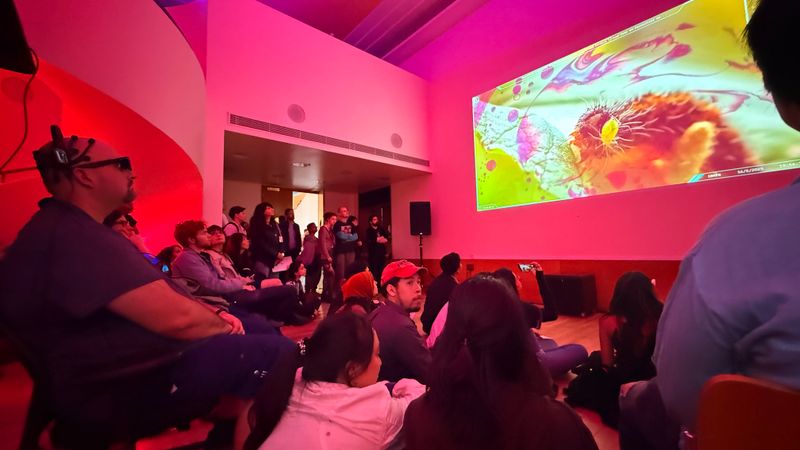

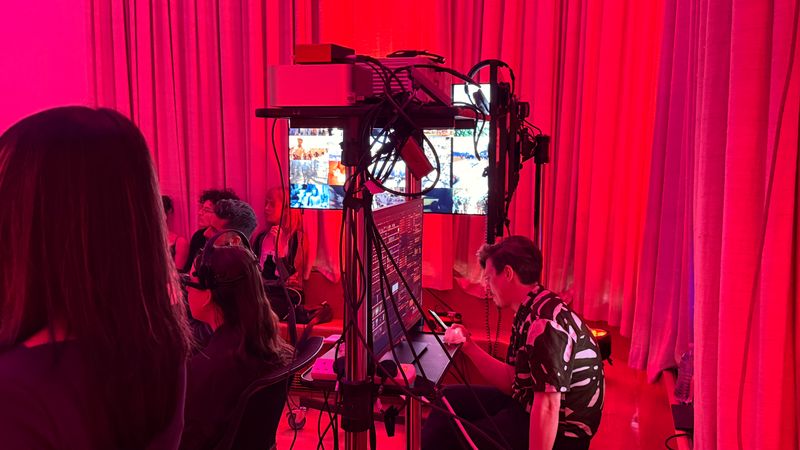
This iteration of purgatory EDIT is supported by the Finnish Institute in the UK + Ireland.
A night of performances, workshops and music, responding to the influential works of Ed Atkins, exploring the relationship between technology and its influence on how we perceive ourselves, intimacy and loss.
Co-curated in collaboration with HERVISIONS, in response to Ed Atkins, as part of Digital Intimacies.
Digital Intimacies is a season exploring the living relationship between humanity and technology.
Full program and list of artists here
Living in archival time, or at the end of narrative(s)
(Un)Learning Histories of, in, through Artistic Research, UNIARTS, Helsinki, FI
This iteration of Living in archival time, or at the end of narrative(s) presented as part of the (Un)Learning Histories of, in, through Artistic Research at UNIARTS, Helsinki, was a variation of the artistic talk conducted at HKW, as part of the transmediale festival 2025.
purgatory EDIT: Liberation Archives for the Cyborgs of Now
at transmediale studio, in collaboration with silent green X EMAP X transmediale 2025
Purgatory EDIT: Liberation Archives for the Cyborgs of Now premiers at Transmediale Studio from January 9 to February 2, 2025. It was installed as part of UnNatural Encounters, on view from January 9 to 19, 2025, at silent green, and as part of the transmediale festival 2025, ‘near near but — far’, taking place from January 30 to February 2, 2025.







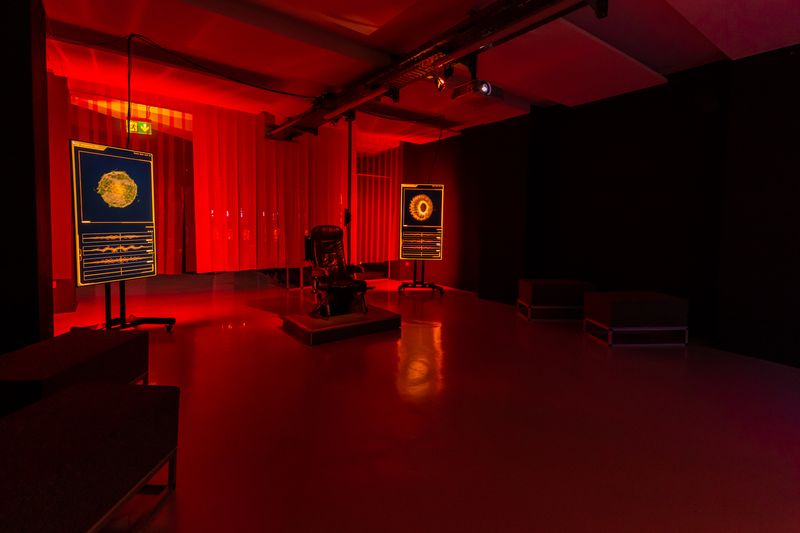
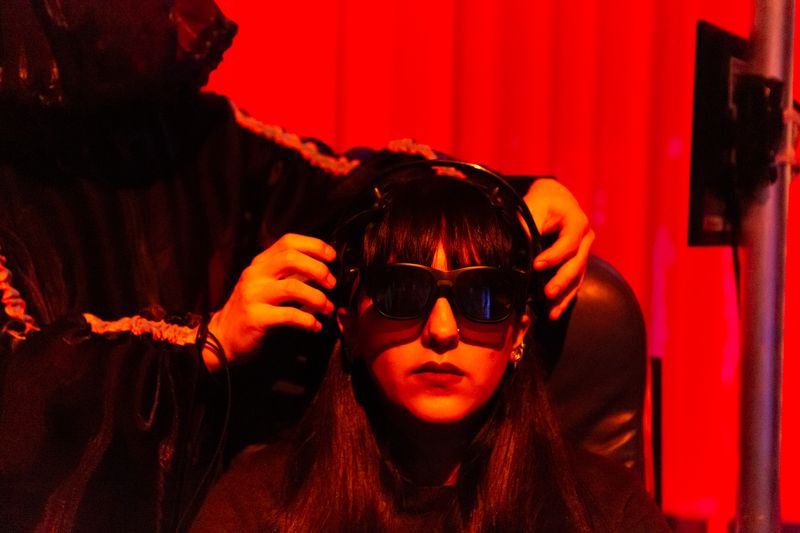
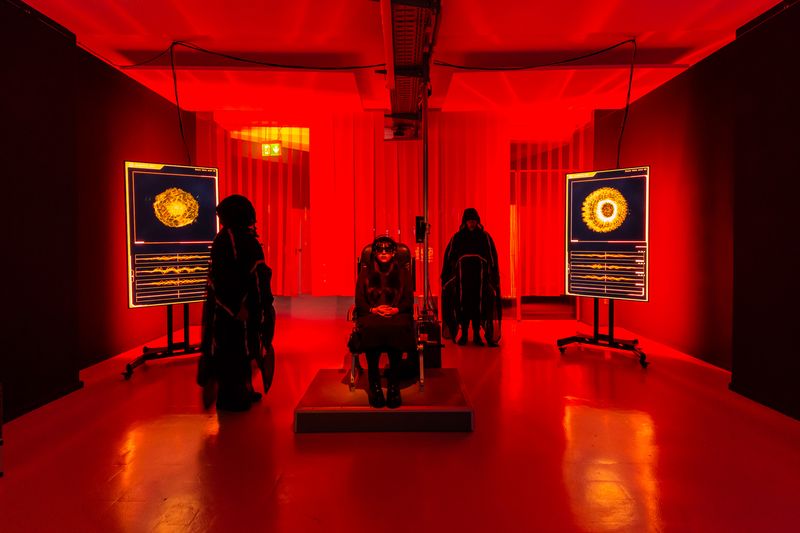
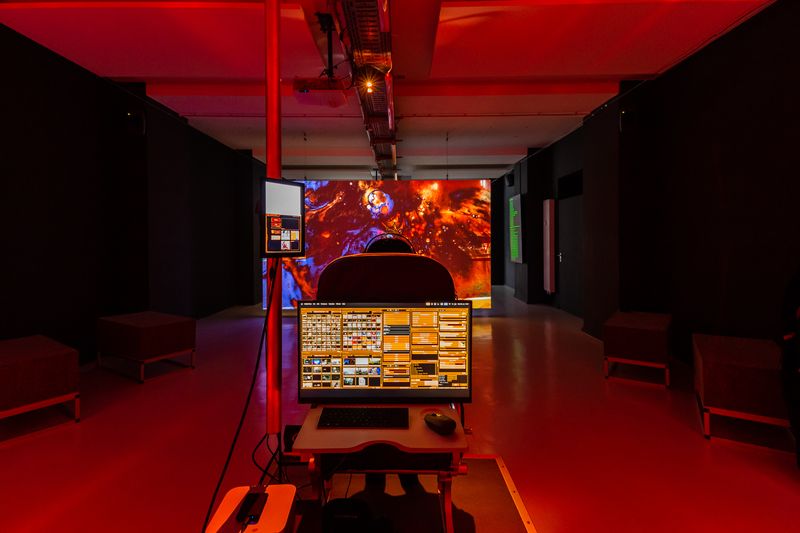

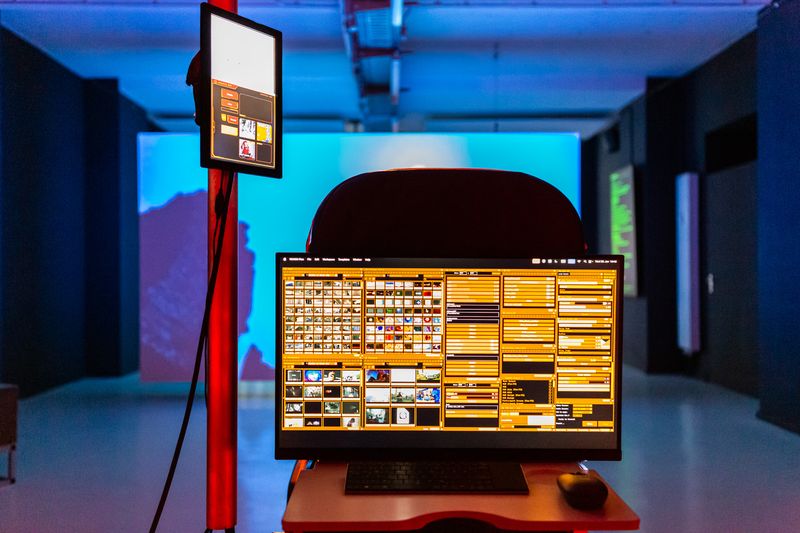
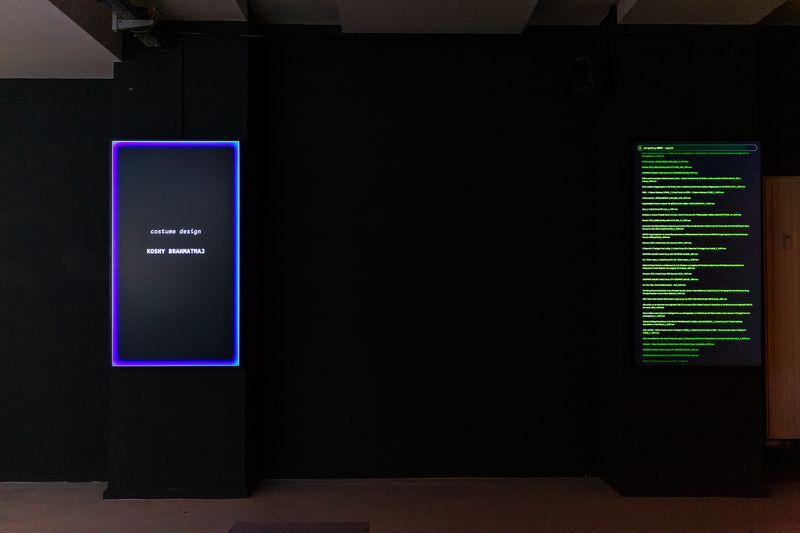
purgatory EDIT is collaboratively developed by:
Ali Akbar Mehta | Artist, Researcher & Archivist
Jernej Čuček Gerbec | VDMX Programming & Software Developer
Palash Mukhopadhyay | Web/UI/UX Design
Adnan Mirza | UNITY and Virtual Cinema Design
Pruthu Parab | Background Score and Additional sound design
Anoushkaa Bhatnagar | Arts Manager and Producer
Sanyam Varun | Archive Manager & Research Assistant
Aditya Rokade | Post-production and Video Processing
Koshy Brahmatmaj | Costume Design
Yuki Elias | Narrator
transmediale team
Anky Heidenreich
Marine Kervizic
Yunus Kleff
Simeon Cieslinski
Anna-Lena Panter
Nadia Gravina
Simon Ullrich
Georgia Georgiadou
Julie Warwel
Lumi Lausas
purgatory EDIT: Liberation Archives for the Cyborgs of Now is presented by transmediale 2025 in collaboration with European Media Art Platform (EMAP) and silent green Film Feld Forschung. Purgatory EDIT has received development support from the EMAP residency program 2024 at Werkleitz, co-funded by the European Union. The project is made possible by partial funding from Taiteen Edistämiskeskus and Kone Säätio, and travel funding from support from the Finnland-Institut, Berlin and Goethe Institut/Max Mueller Bhavan, Mumbai.
More information on the project website here
Living in archival time, or at the end of narrative(s) @ Transmediale
(near) near–but far, transmediale festival 2025, HKW, Berlin, DE
“Archives are the documentary by-product of human activity retained for their long-term value.”
This internationally accepted definition of archives is proposed by the International Council of Archives – a transnational network of organisations with 1900 member archives across 199 countries and territories and is underpinned by the idea of value. And yet, we are living in a world where the notion of value itself – across a spectrum of things, objects and ideas, histories and cultures, even people – is being constantly questioned and revised.
Although state and institutional (legacy) archives have historically been agencies that preserve knowledge, it is now almost universally accepted that traditional archives, inextricably linked to what Derrida calls ‘Archontic Power’ (Derrida: 1995), have colonial roots and serve as monuments to how power is organised. They are performative sites of segregation, racialisation and immobilization of communities. Coloniality as the ongoing ‘colonisation of power, knowledge, and being’ (Moladanado-Torres: 2007), is not limited to the technical organisation of infrastructure but testify to the narratives of exclusion that cement archives as “not just pieces of data, but a status symbol” (Mbembe: 2002). It continues to affect ‘what is archived, who archives it, for whom’, defining ontological understandings of what archives may or may not do.
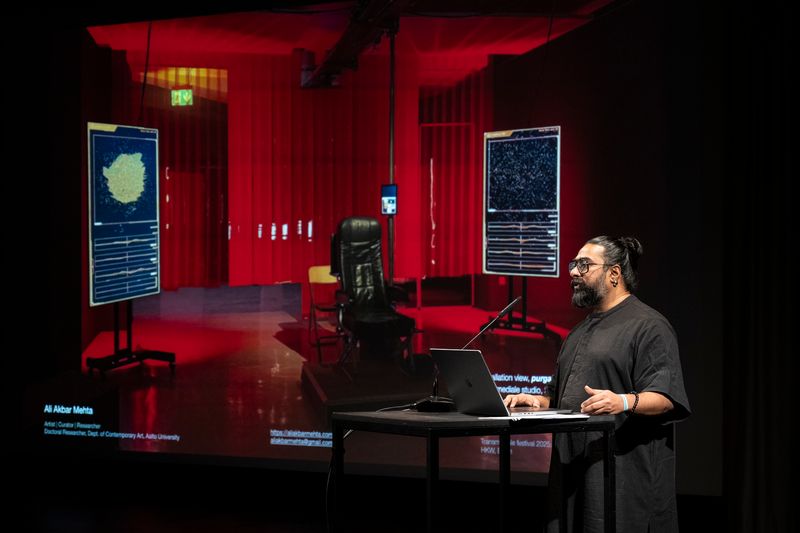

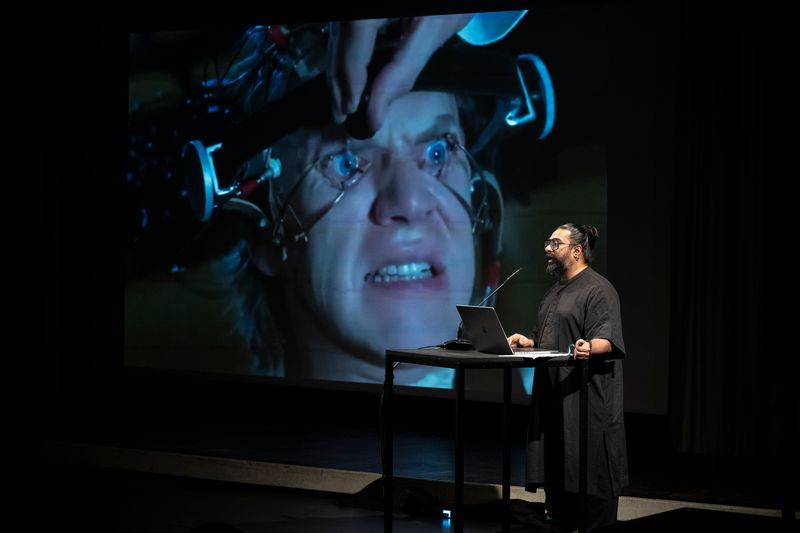


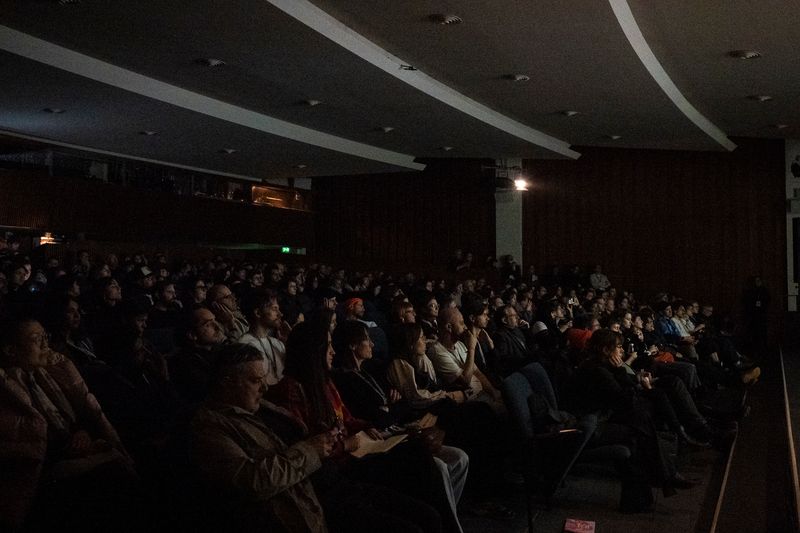

A traditional linear concept of time is no longer sufficient to capture the complexities of contemporary digital archives and their narratives. Living in ‘Archival Time’, or at the end of narrative(s) explores new relationships between archives, time, narratology and its various media. It examines the impact of digital archives on our perception of time through three distinct yet interconnected trajectories: (1) The Multiplicities of Archives and Power; (2) Archival Time; and (3) Databases and the End of Narrative.
This Artist talk was conducted alongside a 6-week-long exhibition of purgatory EDIT at the transmediale studio (January 09 - February 02, 2025), and presented during the transmediale festival 2025, titled (near) near–but far, curated by Ben Evans James and Elise Misao Hunchuck.
European Media Art Platform (EMAP) Residency
at Werkleitz, Halle, DE
Ali Akbar Mehta and Jernej Čuček Gerbec will complete the coding and development of software at the EMAP Residency in Werklietz, Halle.
Cruel Radiance
curated by Harri Palviranta and MarKo Karo, Backlight '23, Tampere Art Museum, Gallery Saskia, Photographic Center Nykyaika, and Gallery Koppelo, Tampere, FI
More than at any other moment in human history, we are now confronted by contemporary borders manifesting as incarceration camps, penal colonies, detention facilities and refugee centres. Countries are gradually becoming prisons to confine and contain undesirable bodies. The well-being and welfare of citizens and ecology are being replaced by concerns for security and risk management. Conflicts are simply becoming tools for neo-liberal capitalism to recycle pain. Such violence leads to long-term trauma, helplessness and precarity, causing significant negative influences on our social fabric. Yet, in a hyper-digitised world, forms of violence remain invisible or unrecognised. Recognising and narrating such experiences become difficult unless we find ways to understand how violence is defined and applied across micro (interpersonal), meso (institutional), and macro (trans-societal) scales. For these processes to be known, they must be explored, visualised, satirised and challenged.
In times where violence, conflict, and trauma are normalised as everyday happenings, Ali Akbar Mehta’s practice performs the task of critical storytelling of historical narratives. Bringing together local and geographically distant perspectives on constructing historical narratives that shape our political landscape, encourages its audience to revise and reconsider what stories we tell and how we share them. It casts the audience, not as a passive spectator, but as a critical witness.
For Cruel Radiance, Mehta shows two separate archival projects that complement and amplify each other:
Purgatory Archive
2016-ongoing
War List CODEX
2014-ongoing
Access them using this QR code or link here
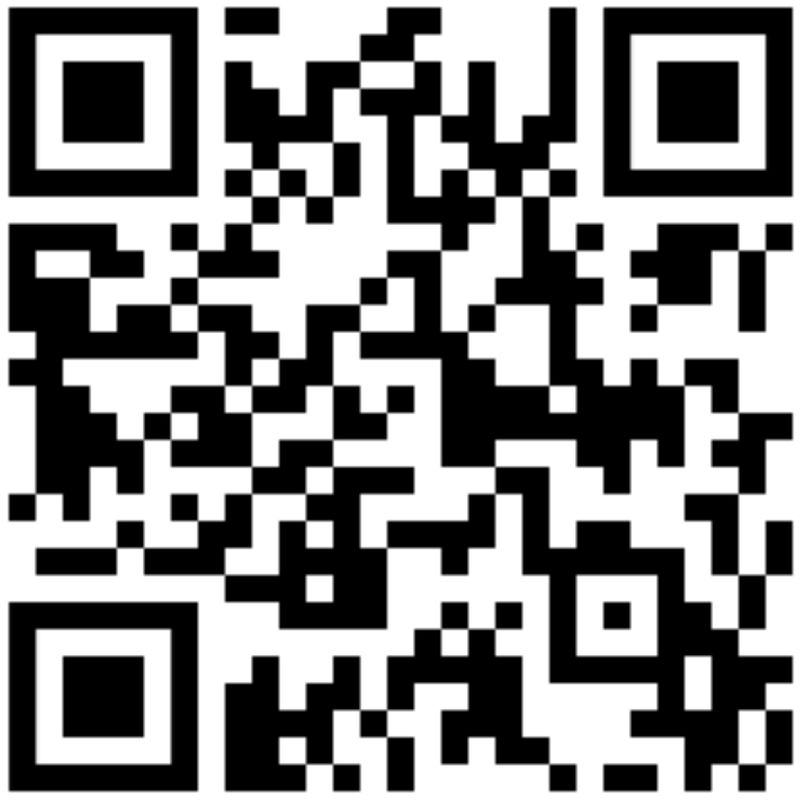
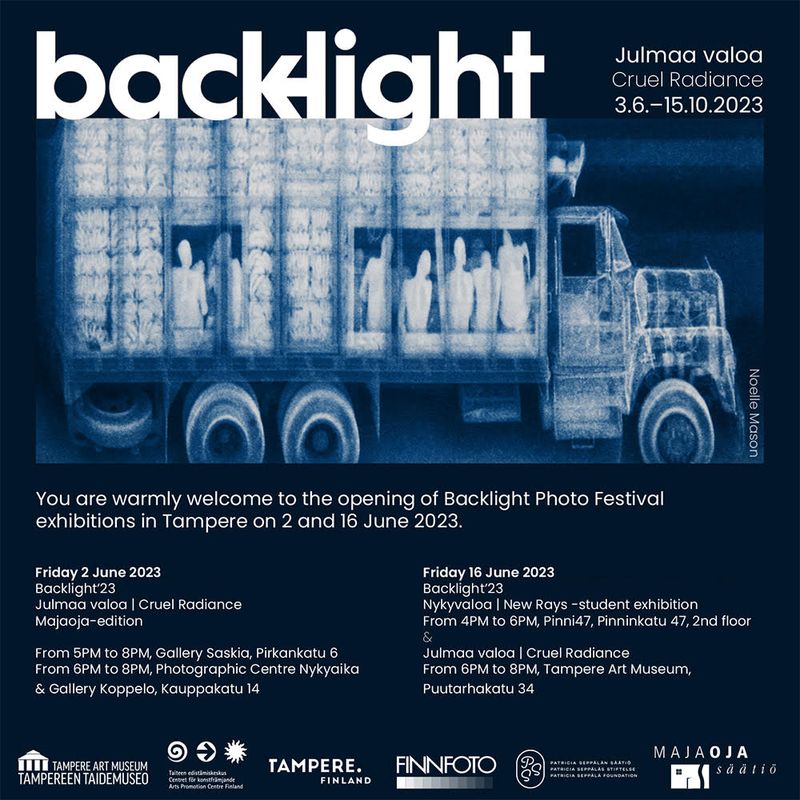
Backlight’23 Julmaa valoa | Cruel Radiance, Majaoja edition
Opening on Friday, 2 June 2023, from 6PM to 8PM
3.6. - 31.7.2023Photographic Centre Nykyaika | Susanne Kriemann
Gallery Koppelo | Veli Granö
Gallery Saskia | HNV Collective, Anaïs Tondeur, Ali Akbar Mehta
Backlight’23 Julmaa Valoa | Cruel Radiance
Opening on Friday, 16 June 2023, from 6PM to 8PM
17.6.-15.10.2023
Tampere Art Museum | Fiona Amundsen and Kanariya Eishi, Solmaz Daryani, Noelle Mason, Anastasia Mityukova, Susan Schuppli, Toshio Fukada and Eiichi Matsumoto
Backlight’23 Nykyvaloa | New Rays -student exhibition
Opening on Friday, 16 June 2023, from 4 PM to 6 PM
7.6.-30.7.2023
Demolition Art House
Backlight is an international photo festival organized every three years by Photographic Centre Nykyaika in the city of Tampere, Finland. Backlight is one of the oldest international photography festivals in Northern Europe. Now in its 13th edition, the triennial stays true to its pioneering spirit in the theme for the 2023 festival: Cruel Radiance.
What kind of evidentiary power can we associate with images in a world where man-made crises and conflicts have long since exceeded human proportions? How does matter, our material and elementary surroundings, record evidence of violence? What kind of roles do such non-human visual actors have in bearing witness to our pernicious actions?
*
Cruel Radiance, the 2023 edition of the Backlight festival, examines the evidential aspects of matter through photography and the moving image. From the omnipresence of particle pollution to the lasting legacies of nuclear weapons, from sub-zero temperatures to the residues of the mining industry, the exhibition sheds light on a whole variety of material elements as visual actors with singular testimonial capacities. In so doing, the stage is set for diverse visual dimensions and temporalities of violence ranging from slow cumulative processes to more abrupt conflicts. True to its title, Cruel Radiance invites the viewer to engage with a material repository of our ways of being together.
Backlight´23 Photo Festival has been curated by visual artists Harri Pälviranta and Marko Karo.
As part of the festival program, Backligt presents an exhibition produced in collaboration with students of three tertiary institutions. New Rays is an exhibition created by a new generation of makers. Reflecting Backlight2023’s theme Cruel Radiance, the exhibition portrays the invisible forces that are changing future realities.
*
The exhibition is produced in collaboration with Willem de Kooning in Rotterdam, Tampere University of Applied Science Fine Art (TAMK) and Tampere University Photojournalism (TAU) as well as Photographic Center Nykyaika’s Backlight Festival. The exhibition will be displayed in the unique milieu of the demolition art house Pinni47, which will be demolished after the exhibition.
In addition to the exhibitions, there will be artist talks at the galleries and the art museum on June 17th, and a short film screening at Arthouse Cinema Niagara on June 18th.
The exhibitions of the Backlight Photo Festival have been produced in collaboration with the Majaoja foundation and Tampere Art Museum. The exhibitions have also received support from Arts Promotion Centre Finland, the City of Tampere, Finnfoto and the Patricia Seppälä foundation.
More information on the exhibition website here
purgatory EDIT: Doomscroll Archive
part of purgatory EDIT
Purgatory EDIT: Doomscroll Archive is an archive of moving images dealing with the representation of violence and conflict. It is sourced using archival war footage, movie and documentary clips, advertisements, newsreels, landscape panoramas, and home videos that depict violence in categorically different forms.
The onsite installation and accompanying online open-access database together form an ongoing archive that critiques existing media representations and the glorification of violence and examines the power of hegemonic representation within visual and cinematic vocabularies. It questions what it means to be (post)human in a new digital regime marked by the erosion of living matter, conversion of life into big data, rising ethnofascism and disintegrating democracies.
As a participatory installation, the Doomscroll Archive is based on Antoin Artaud’s Theatre of Cruelty – “a means by which artists assault the senses of the audience”. It serves as a foundation to be able to examine the boundaries between aversion and enforcement, proclivity and phobia; to investigate the worth of worldviews derived from banal dichotomies such as ‘Good and Evil’ or ‘War and Peace’, in order to determine whether these meta-concepts make sense in the hyper-nuanced complexities of our world today.
How do sensory perceptions of peace and violence blend with a deep dive into an epoch when our lifeworlds will be highly encrypted, where nuanced engagements give way to simplified declaratives driven by the attention economy? How can hope to have new sympathetic encounters of equals? How can we replace the Internet of Things (IoT) with an Internet of Accountability – as a decolonial praxis? What does accountability mean when we are trapped within our own filter bubbles generated by algorithmic bias and an increasing digital divide? What role may poetry have in a world space generated by code?
More than at any other moment in human history, we are now confronted by contemporary borders that manifest as incarceration camps, penal colonies, detention facilities and refugee centres. Countries are gradually becoming prisons to confine and contain undesirable bodies. Well-being and welfare for citizens and ecology are being replaced by security and risk management. Conflicts simply becoming tools for neoliberal capitalism to recycle pain. Such violence leads to long-term trauma, helplessness and precarity, causing significant negative influences on our social fabric. Yet, in a hyper-digitised world, forms of violence remain invisible or unrecognised. Recognising and narrating such experiences become difficult unless we find ways to understand how violence is defined and applied across micro (interpersonal), meso (institutional), and macro (trans-societal) scales.
For these processes to be known, they must be explored, visualised, satirised and challenged. In times where violence, conflict, and trauma are normalised as everyday happenings, the Doomscroll Archive performs the task of critical storytelling of historical narratives. By bringing together local and geographically distant perspectives on constructing historical narratives that shape our political landscape, it encourages its audience to revise and reconsider what stories we tell and how we share them. It casts the audience, not as a passive spectator, but as a critical witness – not to the macro tides of history, but to the fate of those invisibilised and marginalised within these histories of power relations, where one’s humanism can be located in their siding with the downtrodden.
Purgatory Edit, excerpts
Purgatory Edit (working title) is an experimental cinematic experience.
Below is a short excerpt of the recording and stills, made during its initial prototyping and demo at Aalto University.


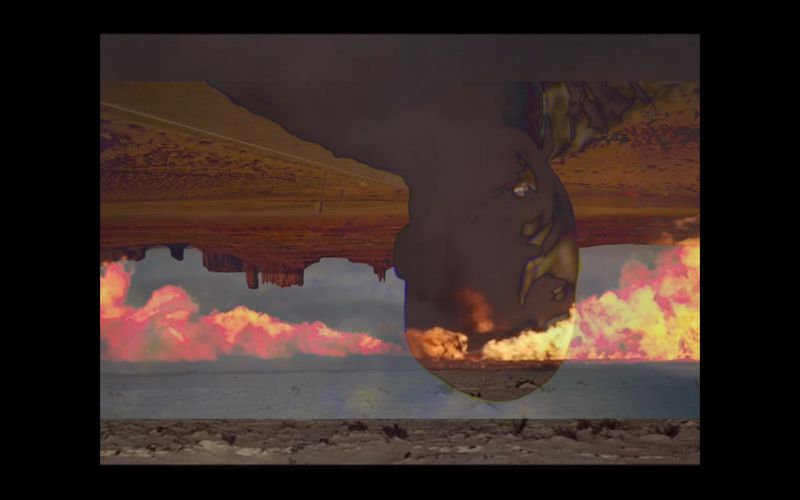
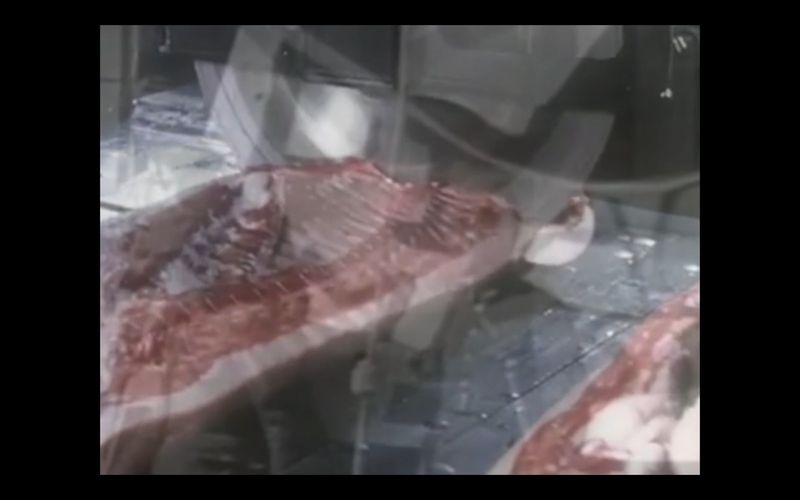
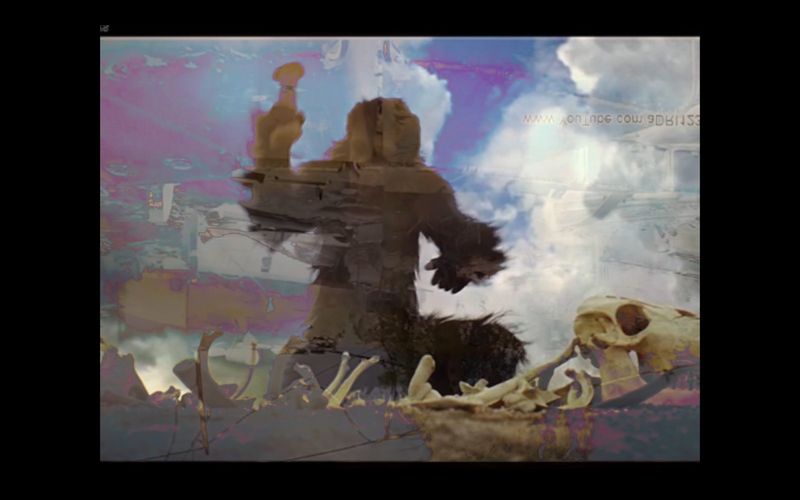
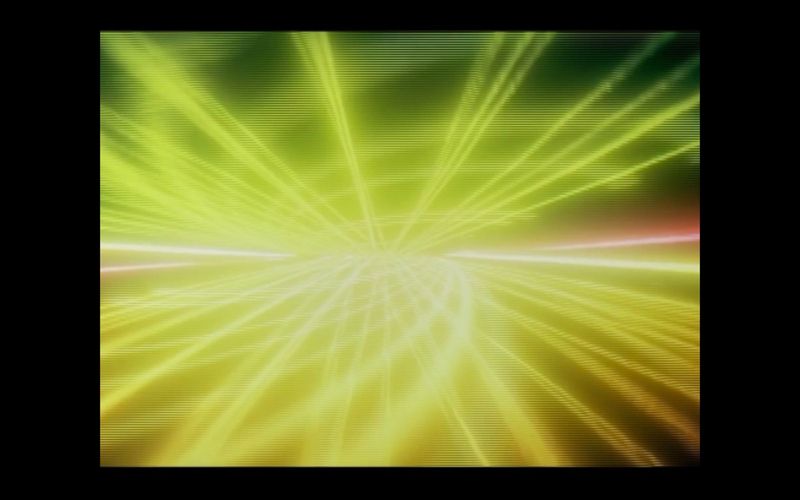
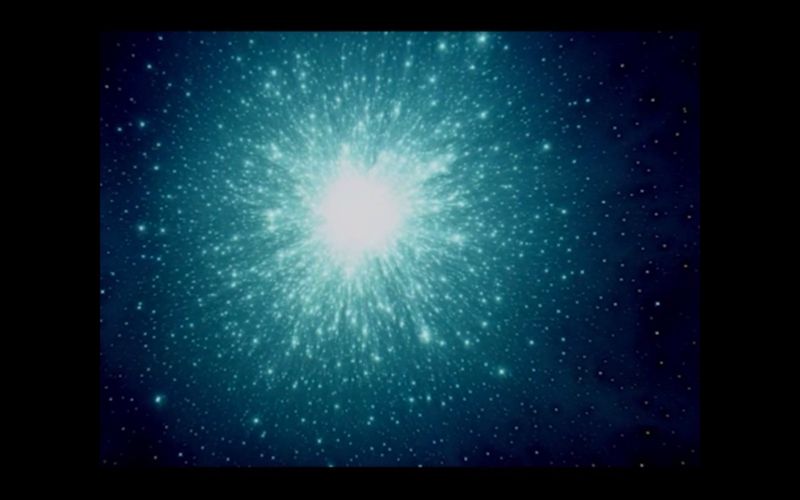
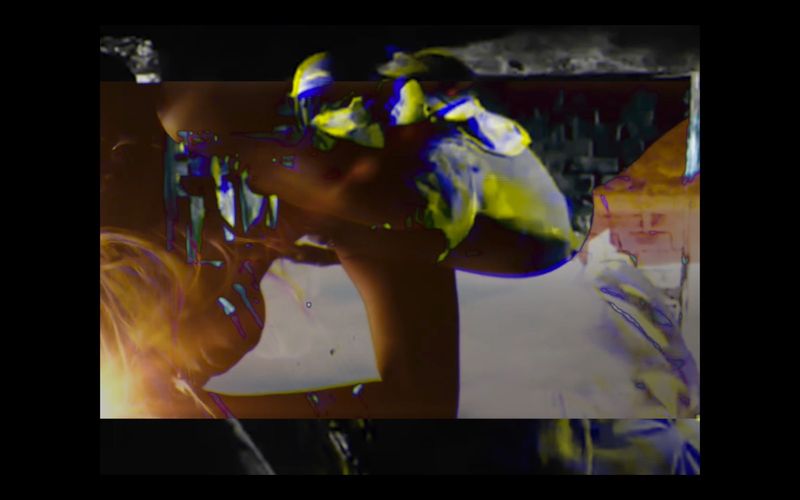
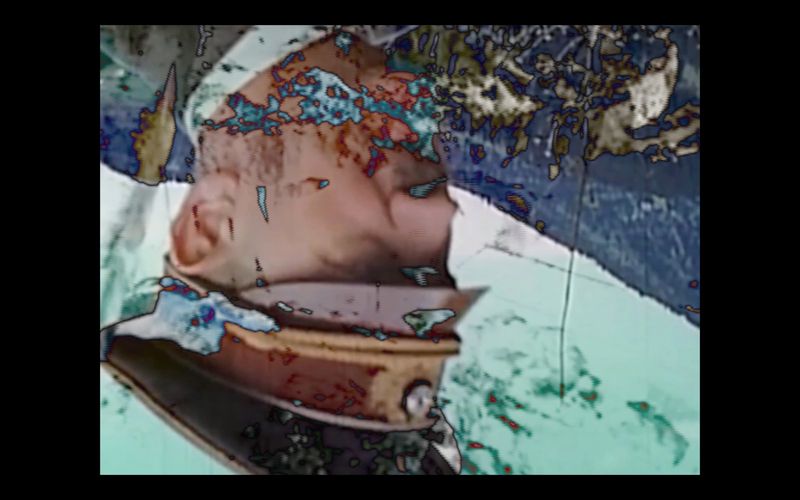
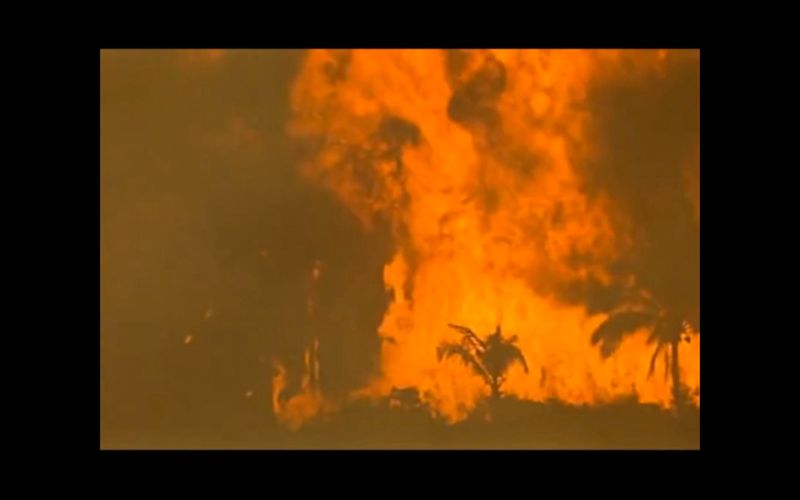

Ali Akbar Mehta: “The residency at Delfina Foundation has been an intimate way to engage with the London art scene”
interview by the Finnish Institute in the UK and Ireland
Earlier this year, Helsinki-based artist, curator, researcher, and writer Ali Akbar Mehta was selected from over 600 applicants for Delfina Foundation’s Science, Technology, Society themed residency programme, supported by the Institute. His current practice explores how social media and smart technologies are vulnerable to surveillance and data extraction.
Delfina Foundation is a non-profit organisation dedicated to artistic exchange. Through residencies, public programmes, and international collaborations, it supports research and creative production both in the UK and internationally. The Foundation is located just around the corner from Buckingham Palace.
We spoke with Ali about his residency experience, how his practice evolved during his time at Delfina, and the differences between the art scenes in London and Helsinki.
Read here
Artist interview with Ali Akbar Mehta (purgatory EDIT), transmediale 2025
by ARTS ACTS DAYS (AAD)
“Violence is not forgotten. But how will we remember it?”
We encounter various forms of violence every day through news, documentaries, movies, online content, etc.
Ali Akbar Mehta explores our sensory responses to the violent images we are constantly exposed to through purgatory Edit’s archive composed of 40,000 video clips.
An interview with artist Ali Akbar Mehta provides a deeper understanding of purgatory Edit, a project composed of somewhat unfamiliar technology and vast data, and completed through interaction and participation with the audience.
Trolls in the election campaign: Who protects us from fake news?
by ZDF, Aspekt

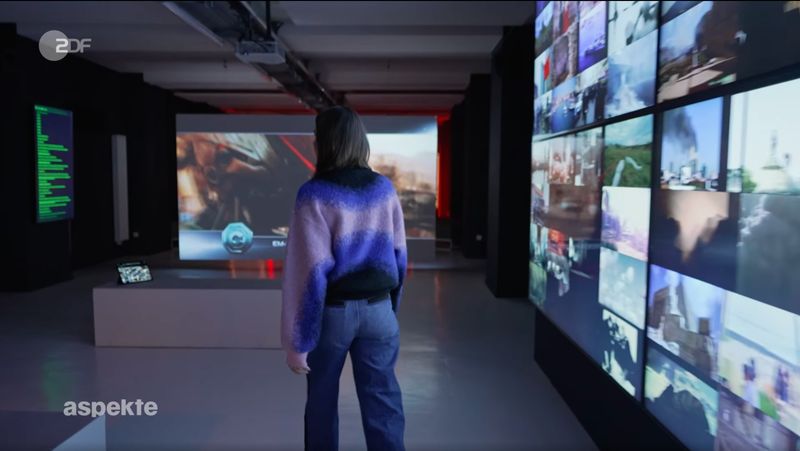
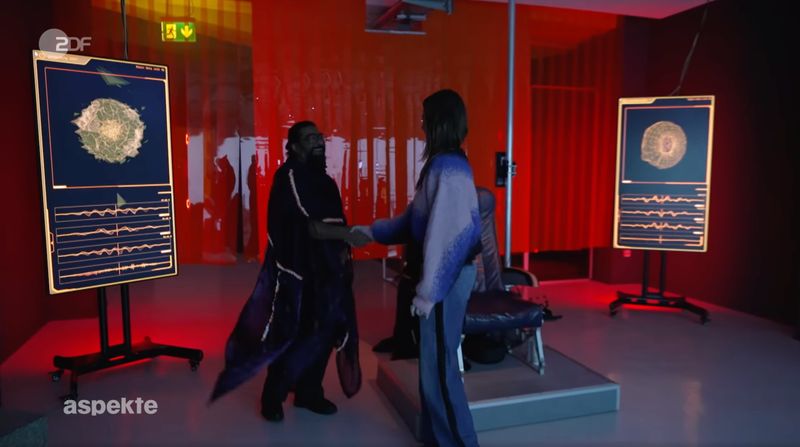
The episode of ZDF Aspekte, featuring purgatory EDIT, aired on (14.02.2025) Friday night and is now online, available here (timestamp: 19:06 to 23:05)
purgatory EDIT: A Multimedia Installation That Questions The Vocabularies Of Violence
by Drishya, for Homegrown
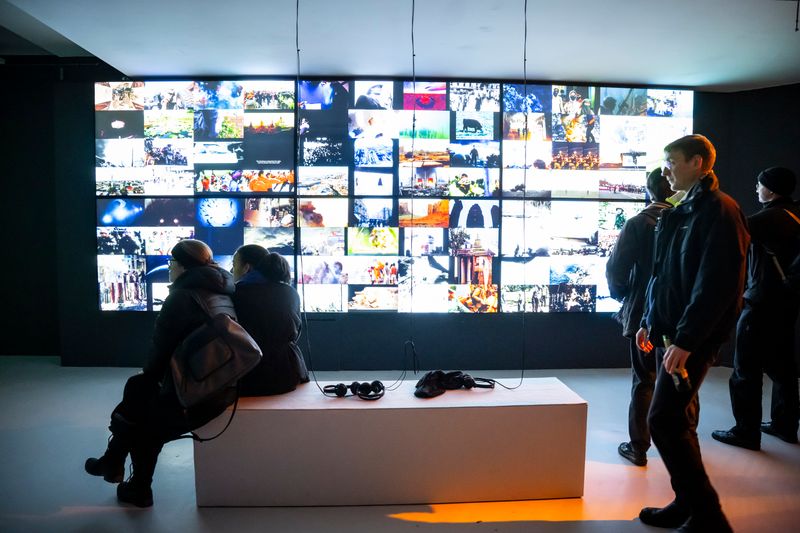
Read here
Making the Invisible Visible
By Marie Kaiser, for RBB24

Read here
A crunching dream
by Jennifer Keil, for Weltkunst
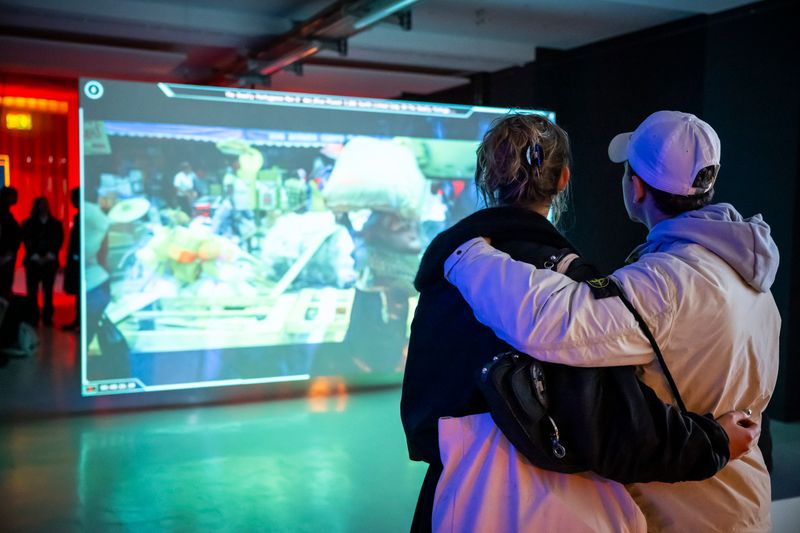
read here
New and last chances
by Lily Weisgram, for Himbeer

Read here
Purgatory Edit, methodology
This video, shot after the premiere of purgatory EDIT at transmediale studios, Berlin (DE) in January-February 2025, explains its process-driven, multifaceted aspects.
What is going on?
purgatory EDIT: Liberation Archive for the Cyborgs of Now is a complex archival project shaped as a user-generated montage-based cinematic experience, highlighting long-term and deliberate methods in which digital technologies enforce subliminal visual manipulation, sensory overload, data fatigue, psychological reaction, and ideological numbness. It invites its audience as participants to enter a technomediated Cyber Performance through which they investigate the Doomscroll Archive via a ‘brainware’, a Brain Computer Interface (BCI), and an audio-video processor (software*-as-artwork* custom-built by the PE team).
purgatory EDIT support and funding
Credits
Team
Ali Akbar Mehta | Artist, Researcher & Archivist
Jernej Čuček Gerbec | VDMX Programming & Software Developer
Palash Mukhopadhyay | Web/UI/UX Design and Coding
Adnan Mirza | UNITY and 3D Design
Pruthu Parab | Background Score and Additional Sound Design
Anoushkaa Bhatnagar | Project Producer
Sanyam Varun | Archive Management
Aditya Rokade | Post-production and Video Processing
Koshy Brahmatmaj | Costume Design
Vishnu Patel | Costume Production
Yuki Elias | Narrator
Stitch Audio | Sound Recording
transmediale team
(exhibition production)
Anky Heidenreich
Marine Kervizic
Yunus Kleff
Simeon Cieslinski
Anna-Lena Panter
Nadia Gravina
Simon Ullrich
Georgia Georgiadou
Julie Warwel
Lumi Lausas
Werklietz team
(residency support)
Peter Zorn
Marcie K. Jost
Funding Support
Taiteen Edistämiskeskus, FI
Koneen Säätio, FI
Ministry of Culture, SI
Finnland-Institut Berlin, DE (travel grant for transmediale)
Goethe Institut/Max Mueller Bhavan Mumbai, IN (travel grant for transmediale)
Finnish institute in the UK + Ireland (travel grant for LATB)
Development Support
European Media Art Platform (EMAP)
Werklietz, Halle (Saale), DE
Exhibition Support
transmediale, Berlin, DE
silentgreen, Berlin, DE
Tate Britain, London, UK
Technology Partners
Emotiv
Viture
VDMX
VUO
VCV Rack
Unity
Blender